Crabs are generally covered with a thick exoskeleton, composed primarily of highly mineralized chitin, and armed with a pair of chelae (claws) Crabs vary in size from the pea crab, a few millimeters wide, to the Japanese spider crab, with a leg span up to 4 m (13 ft) Environment Crabs are found in all of the world's oceans, as well as in fresh water and on land, particularly inThe Japanese spider crab is a rather menacinglooking crustacean the group of animals that includes crabs, shrimp, insects, spiders and horseshoe crabs) The Japanese spider crab has one of the best leg traverse of any arthropod, attaining 55 meters (18 ft) from paw to paw The Japanese spider crab is an omnivore, consuming both plant matter and animals The diet they The Japanese spider crab Macrocheira kaempferi is mostly limited to the Pacific side of the Japanese islands, Konshu and Kyushu, usually at a latitude between 30 and 40 degrees North They are found most often in the Sagami, Suruga, and Tosa bays, as well as off the coast of the Kii peninsula However, the crab has been found as far south as Suao, in Eastern Taiwan

Common Spider Crab Chesapeake Bay Program
Japanese spider crab eating a person
Japanese spider crab eating a person-The Japanese name for the Japanese Spider Crab, TakaAshiGani, translates to "tall leg crab" They are considered a delicacy Most of the crabs are aquatic and so, a major part of their diet consists of algae These items are shellfish and sea plants 11 The long legs of the Japanese Spider Crab are considered weak and the giant Japanese Spider Crab is often found missingEven if you don't find these big guys terrifying, that doesn't make them any less fascinating Read on to learn more about this creepy but very




Common Spider Crab Chesapeake Bay Program
Dictcc Übersetzungen für 'Japanese spider crab Macrocheira kaempferi' im DeutschDänischWörterbuch, mit echten Sprachaufnahmen, Illustrationen, Beugungsformen,The smallest are microscopic in size All crustaceans have a hard exoskeleton which protects the animal from predators and prevents water loss However, exoskeletons don't grow as the animal inside them grows, so crustaceans are forced to molt as they grow larger The molting process takes Well, Japanese spider crabs are in a class of their own They are not only the largest crab known to exist, but they can live longer than humans and are carnivorous They've even been known to chop off human fingers with their claws!
Japanese crab spider belongs to the family Majidae The scientific name of the arthropod in Latin is Macrocheira kaempferi His crab was given in honor of Engelbert Kempfer a German naturalist and traveler This crustacean was first described in 16 by Conrad Jacob Temminck, a Dutch zoologist Japanese spider crab (see photo below) is the largest of all arthropods The largestWhat is the japanese spider crabs diet The largest crustacean is the Japanese spider crab at over 12 feet long But they are not restricted to algae as most of these crustaceans are omnivores The Japanese spider crabs lack of sense of vision but they compensate this lack with their quite developed sense of hearing These slowmoving crabs dont hunt preferring to scavenge forJapanese Spider Crab is a large catch for any fisherman With a leg span of 13 feet (4 meters) and an average weight of around 40 pounds (16 kg), it claims the title of largest crab It may also have the longest lifespan of any crab, living to be 100 years old However, Japanese spider crabs do not survive very long without injury
The Japanese spider crab's limbs can grow up to 13 feet long, making the species the biggest arthropod in terms of length in the world However, the Japanese spider crab loses its top rank when it comes to weight While the giant spider crab can weigh 40 pounds, it's still no match for the American lobster, which can easily tip the scales beyond thatDictcc Übersetzungen für 'Japanese spider crab Macrocheira kaempferi' im EnglischDeutschWörterbuch, mit echten Sprachaufnahmen, Illustrationen, Beugungsformen, The Japanese spider crab is a rather menacinglooking crustacean In terms of creatures that look like they belong more on Mars than Earth, it's pretty close to to the top of the list In the crab world, this spiny undersea creature is king It's the largest known crab on the planet and can live up to more than 100 years assuming somebody doesn't try to catch it and put it on




Japanese Spider Crab A Growing Attraction At Sydney Aquarium




Japanese Spider Crab Wikipedia
Giant Japanese Spider Crab The giant spider crab has the largest leg span of all known species of crab and may live up to 100 years The Japanese name for this species is takaashigani literally translating to "tall legs crab" Their armored exoskeletons help protect them from predators Japanese spider crabs live in the caverns and rock hollows of the ocean, between 50 metres (164 feet) and up to a maximum of 600 metres (1969 feet) deep The diet of Japanese spider crabs consists primarily of aquatic flora and small marine animals, including molluscs and other invertebrates, but they also consume deceased matter Spider crabs come from Japan In fact, that is where ours come from too Tokyo Sealife gave us our spider crabs in exchange for some raggedtooth sharks many years ago They are deep sea animals and live in depths of up to 0m When they mate, they migrate to "shallower" waters of 50m During mating season there is an outright ban in Japan on catching spider crabs
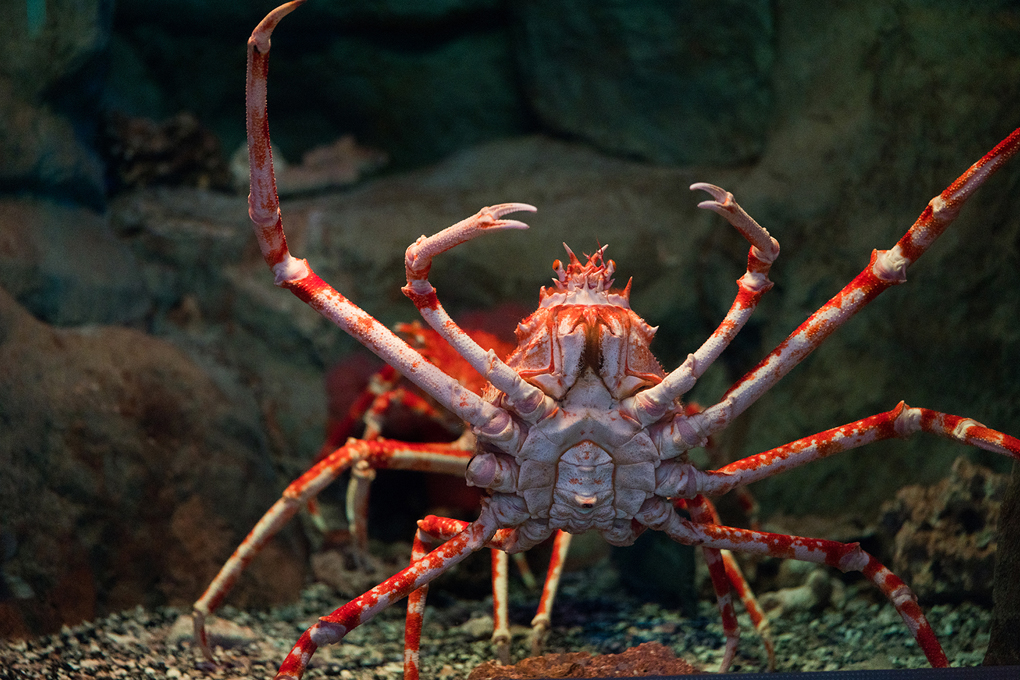



Japanese Spider Crab The Living Planet Aquarium




5 Animals That Prove Conclusively That Nature Hates Us Fatsaloon
The largest crustacean is the Japanese spider crab, at over 12 feet long;The Japanese spider crab is a species of marine crab that lives in the waters around Japan It has the largest leg span of any arthropod They go through three main larval stages along with a prezoeal stage in order to grow to their great size The genus Macrocheira contains multiple species 1 Gallery 11 Films 12 Video Games 13 BooksDictcc Übersetzungen für 'Japanese spider crab Macrocheira kaempferi' im SlowakischDeutschWörterbuch, mit echten Sprachaufnahmen, Illustrationen, Beugungsformen,
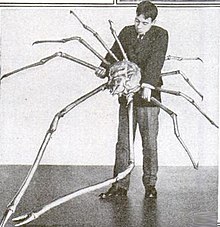



Japanese Spider Crab Wikipedia




Common Spider Crab Chesapeake Bay Program
Viele übersetzte Beispielsätze mit "japanese spider crab" – DeutschEnglisch Wörterbuch und Suchmaschine für Millionen von DeutschÜbersetzungenDictcc Übersetzungen für 'Japanese spider crab' im EnglischDeutschWörterbuch, mit echten Sprachaufnahmen, Illustrationen, Beugungsformen,Japanese giant spider crab Native range All suitable habitat Point map Largest crab in the world Leg span may measure up to 37 m and weight may exceed more than 136 kg (Ref ) Life cycle and mating behavior Maturity Reproduction Spawning Eggs Fecundity Larvae Copulation is evident Life cycle first stage zoeal larvae moults in 912 days after hatching;




Incredible Spider Crab Footage Shows Thousands Of Creepy Critters Flooding Australia S Coast During Annual Invasion
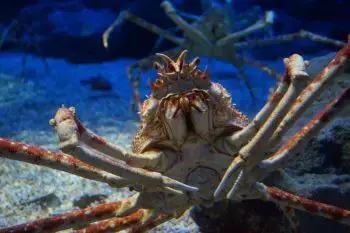



Japanese Spider Crab Facts
How to identify A large The legs of the Japanese spider crab can reach more than two meters in length, the frontal being the longest onesSo, the legs in conjunction with their body can reach a total span (from cheliped to cheliped) of 38 meters in diameter, and about twenty kilograms in weight There have been not confirmed reports about certain specimens that reach almost seven meters in Try asking people about spider crabs and you will get varied answers Some may begin to describe the giant Japanese spider crabs, some might talk about the family Majidae, while others might confuse you with the mention of crab spiders Well, in this AnimalSake article, we tell you exactly what spider crabs are, how they look, where they are found, and more, along with




Giant Spider Crab Giant Spider Crab Macrocheira Kaempferi Flickr
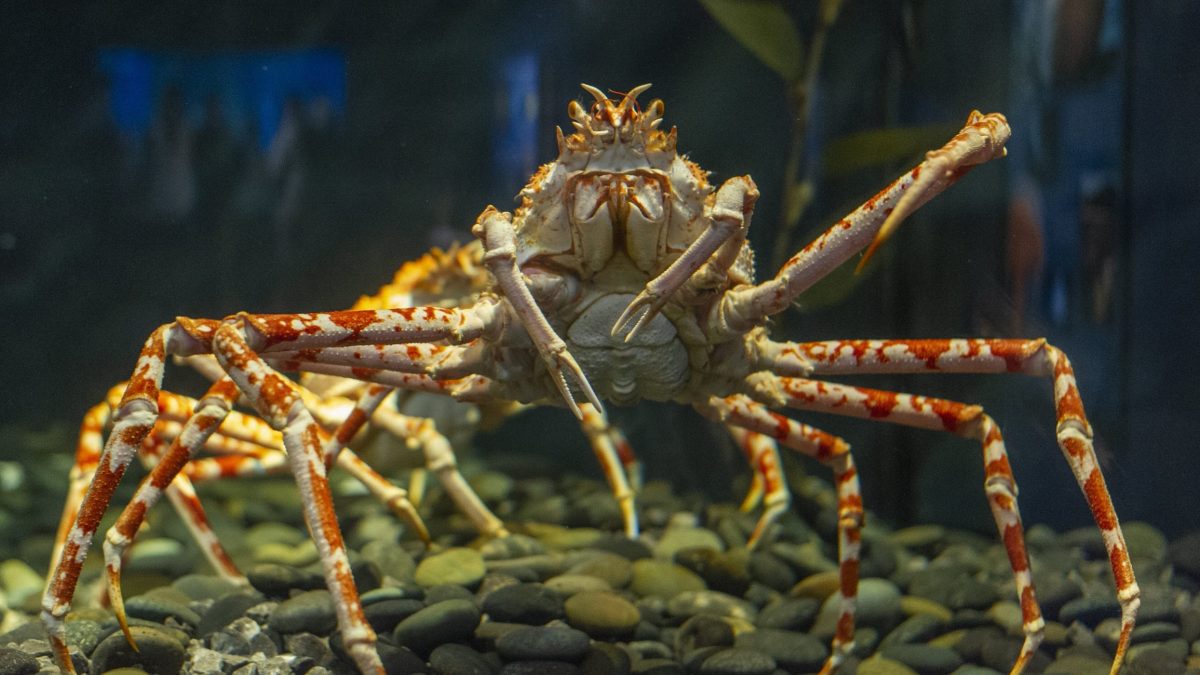



Giant Japanese Spider Crab Tennessee Aquarium
In these waters, their mottled orangeandwhite bodies, creamcolored undersides, and spiny, oval carapaces blend in with the rocks on Diet Fish, Squid, Seals Distinct Feature White underbelly Source wikimediaorg The Great White Shark is the largest predatory shark in the world, and was made famous for its aggression by the movie JAWS These sharks are quite social, usually traveling and hunting in Japanese spider crab gets its name from its resemblance to a spider It has a rounded body covered with stubby projections and long slim legs Maximum size of up to 12 feet (37 m) across Body will grow to about 15 inches (37



Assets Speakcdn Com Assets 2332 Japanese Spider Crab Care Manual Pdf




Common Spider Crab Chesapeake Bay Program
Yes, the Japanese spider crab (Macrocheira Kaempferi) can be caught and eaten These crabs found off the coast of the Japanese Island of Honshu are known to be a delicacy and have a delicate sweet flavour to their meat These crabs are some of the largest in the world and will take a while to cook, with the crabs weighing up to kilograms This article will talk more about the JapaneseThe Japanese spider crab Macrocheira kaempferi is mostly limited to the Pacific side of the Japanese islands, Konshu and Kyushu, usually at a latitude between 30 and 40 degrees North They are found most often in the Sagami, Suruga, and Tosa bays, as well as off the coast of the Kii peninsula However, the crab has been found as far south as Suao, in Eastern Taiwan This isDiet Japanese spider crabs are omnivorous and scavenge for food In its natural habitat it feeds on shellfish and dead animals They can eat algae, plants, mollusks and small fish, catching and tearing up the meat in their powerful pincers Their long legs enable them to



Japanese Spider Crab Wild Animals Amino




Creature Feature Japanese Spider Crab
Japanese Spider Crab Facts Anatomy, Diet, Behavior Habitat photograph Japanese spider crab, which can reach 12 feet from leg tip photograph Hitting up the Georgia Aquarium Breslantacom photograph Amazing Animals Pictures Big, scary, but tender Japanese photograph Top 10 Bizarre Deep Sea Animals Terrific Top 10 photograph Japanese Spider CrabsThe spiny spider crab is also known as the European spider crab It is a large, orange crab with long spindly legs like a spider and a distinctive spiny shell Their oval shells are often covered in algae, giving them a green hairy look!Andy Torbet explores how Japanese spider crabs are able to survive at extreme depths Suitable for KS2 and Second Level
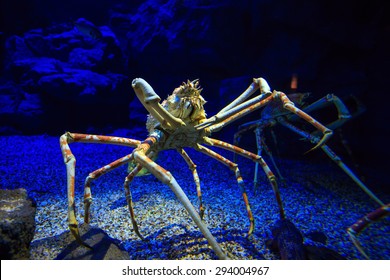



Japanese Spider Crab Hd Stock Images Shutterstock




Images And Places Pictures And Info Japanese Spider Crab Eating
The Japanese spider crabs natural habitat is on the bottom of the Pacific Ocean (some 300 – 400 metres deep) around the Japanese archipelago, where it feeds on dead animals and shellfish Japanese spider crabs often live in the seabed at depths of 150 – 800 metres, however, they are found most prominently in depths of 0 – 300 metresJapanese Spider Crabs filmed at Osaka AquariumThese have the largest leg span of any arthropod, reaching up to 38 metres and weighing up to 19 kgOverviewSince Japanese giant spider crabs have weak legs and move slowly, they need to hide from their predators, as they could never get away from them quickly enough To




39 Eating Japanese Spider Crab Information Best Recipes
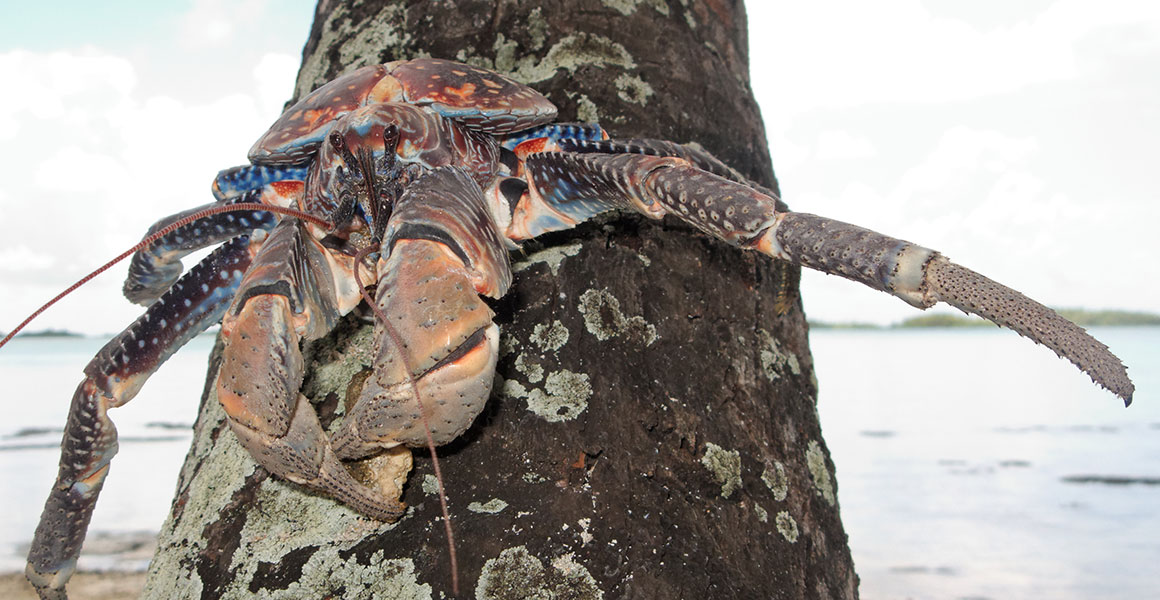



Coconut Crabs The Bird Eating Behemoths Thriving On Isolated Tropical Islands Natural History Museum
They're not particularly picky eaters and will feed on seaweed, mussels, starfish and well, anything else they can get their claws on! Most of the crabs are aquatic and so, a major part of their diet consists of algae But they are not restricted to algae, as most of these crustaceans are omnivores However, some species are carnivores and some others are strict herbivores (like mangrove crabs) Most of the crabs eat plant and animal matter Diet The Japanese spider crab is an omnivore, consuming both plant matter and animals, but is also also act as a scavenger, eating any corpse it finds Generally, these crustaceans do not hunt, picking at any dead and decaying matter along the seabed However, they will occasionally eat living kept and algae And although they move slowly, these giant crabs will
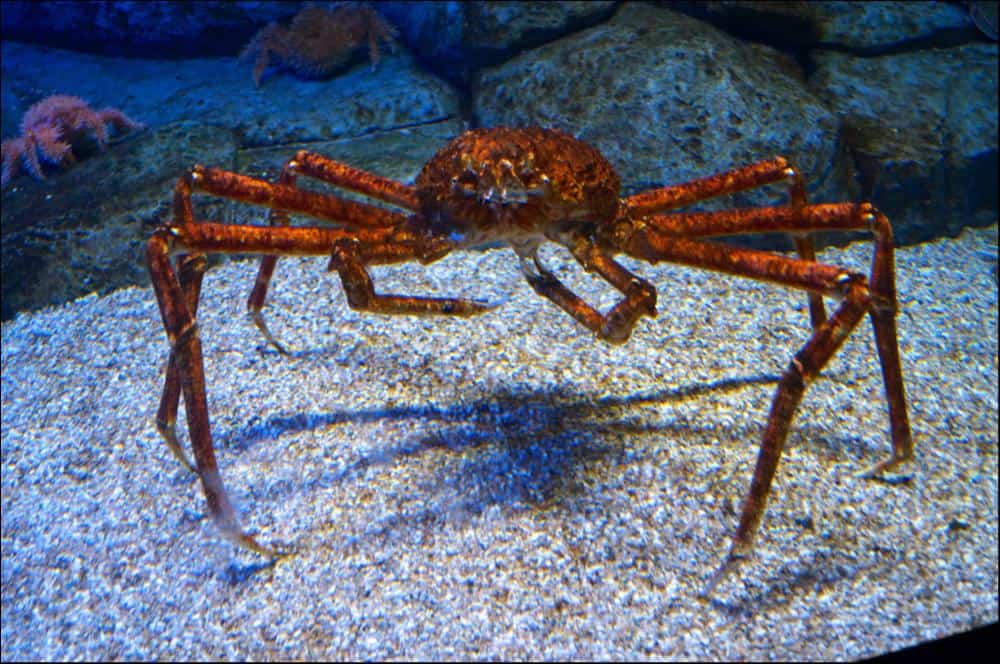



Crab Animal Facts Brachyura Az Animals




Catch Dispatch Cook And Prepare Spider Crab Youtube
Our oceans are a delicate balance of warm and cold Of beauty and desolation Tourists love to go scuba diving They plunge themselves into the depths of th Japanese crab spiders are omnivores as they feed on both animals and plants Sometimes they also act as a scavenger to eat dead animals Spider crabs supplement their diet with the shells of The diet includes fish, carrion, aquatic crustaceans, other marine invertebrates Plant matter consistsJapanese Spider Crab Diet / Feeding An omnivore Diet consists of both plant matter and animals Sometimes acts as a scavenger, consuming Range / Habitat Occurs in the Pacific Ocean around Japan Found on the seabed, often inhabiting vents and



Edible Creepy Animals
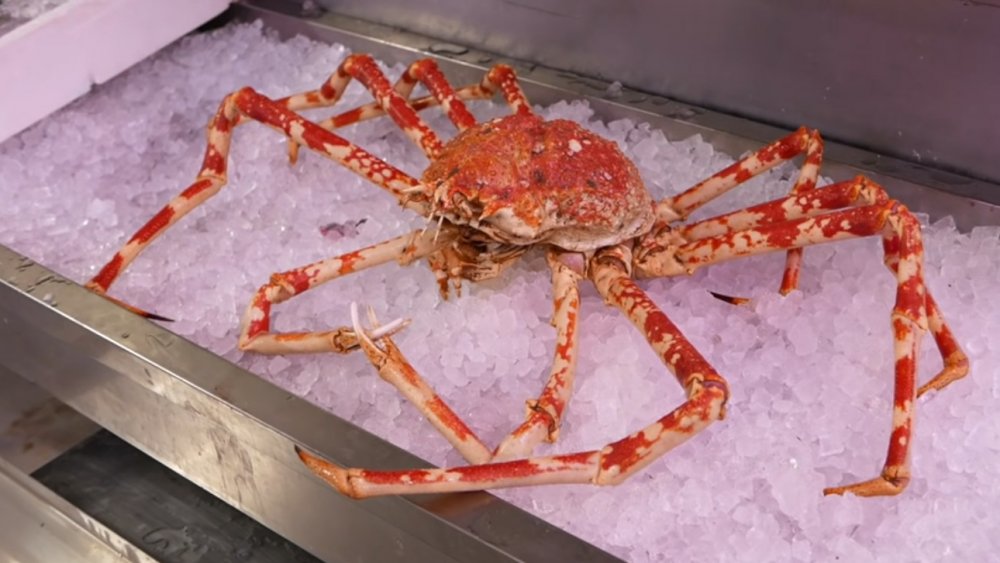



Can You Eat A Giant Japanese Spider Crab
Crab Japanese Spider Crab Photographed in Osaka, Japan, May, 15 japanese spider crab stock pictures, royaltyfree photos & images Giant Spider Crab Spider Crab vector illustration Additional EPS file contains the same image with lines in stroke form, allowing you to convert to a brush of your choosing
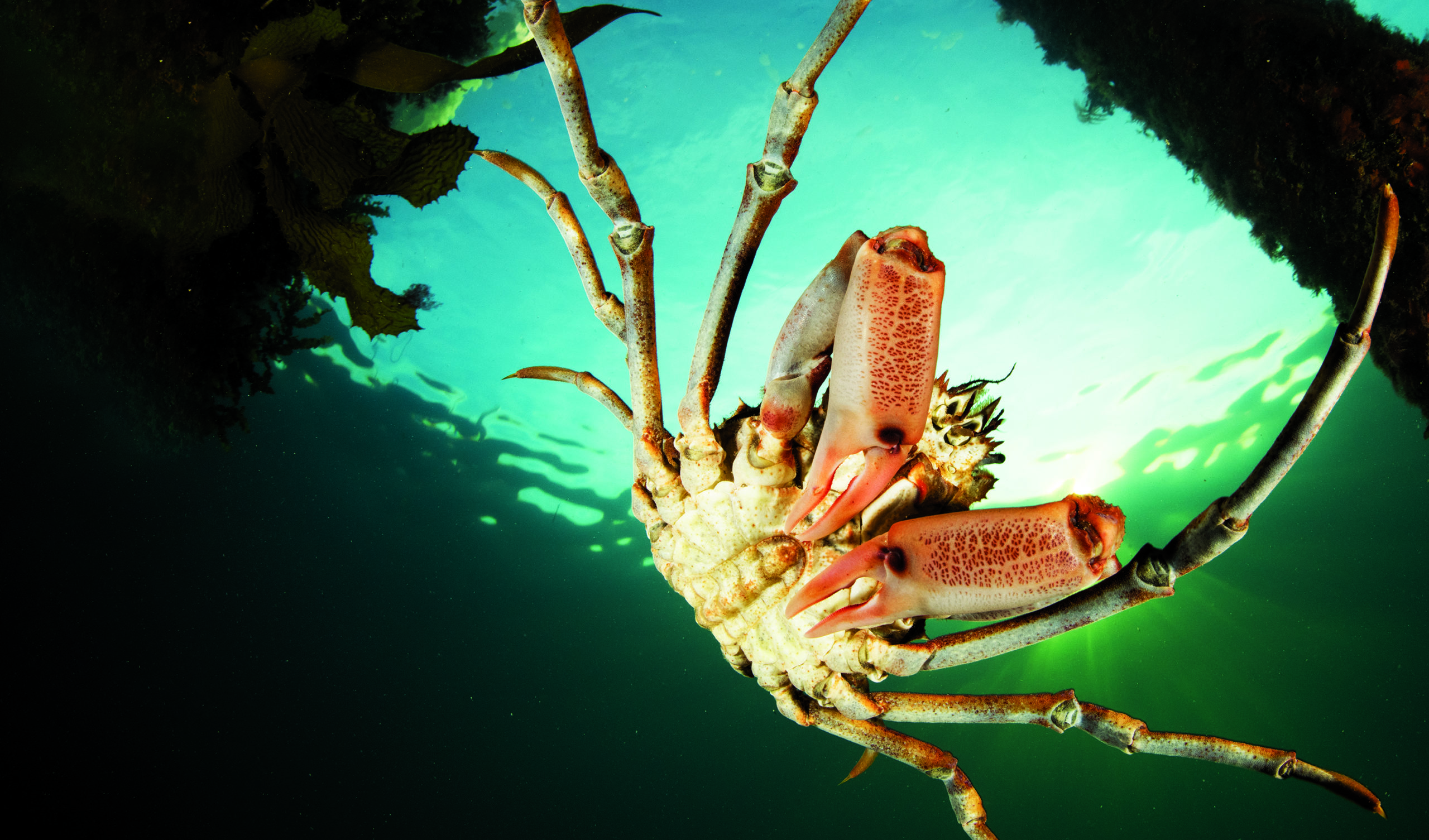



March Of The Spider Crabs Australian Geographic




Adw Macrocheira Kaempferi Information




10 Reasons Why The Giant Spider Crab Is The Crustacean Of Your Nightmares Viralnova



Assets Speakcdn Com Assets 2332 Japanese Spider Crab Care Manual Pdf




Common Spider Crab Chesapeake Bay Program
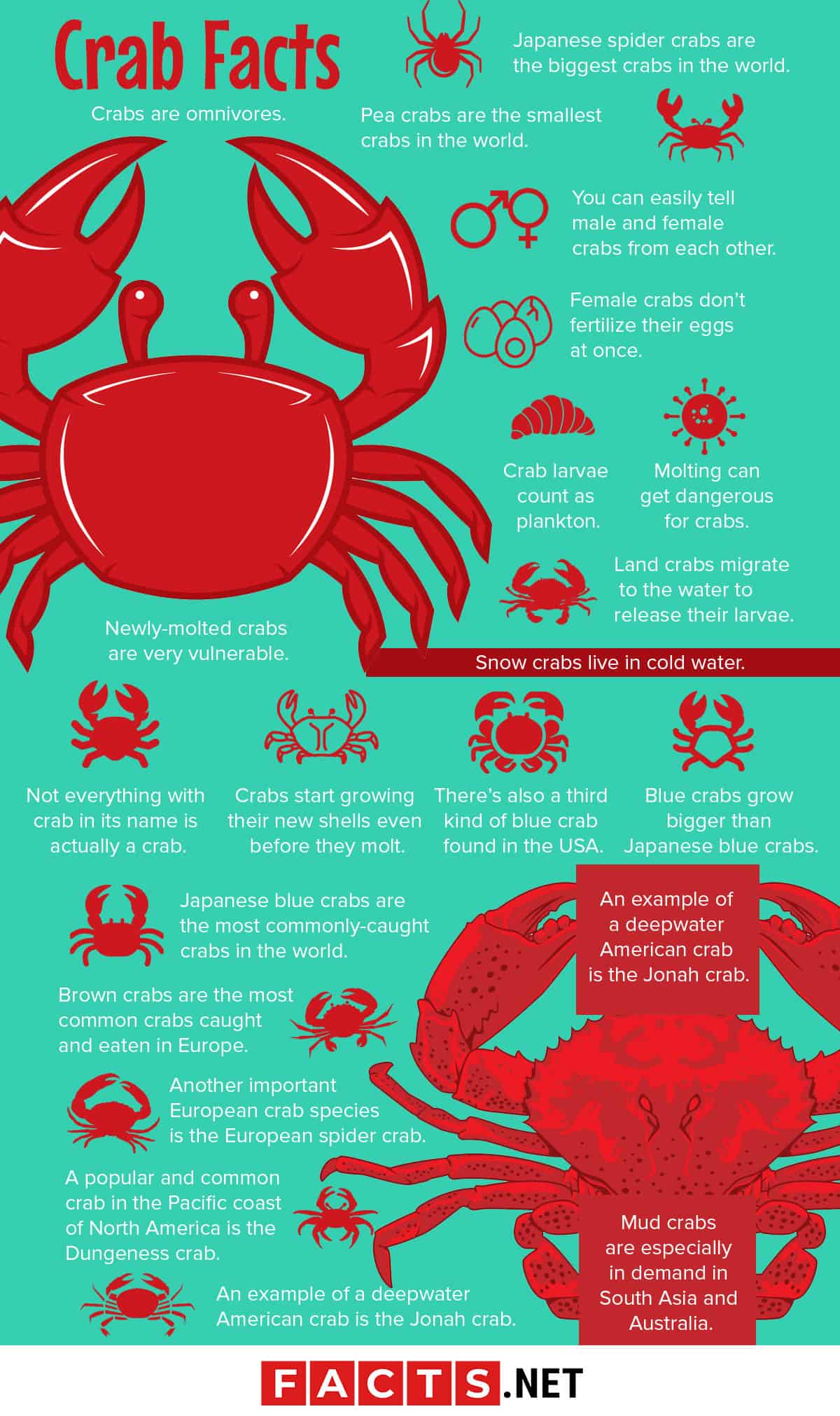



50 Surprising Crab Facts That You Never Knew About




Georgia Aquarium Dolphin Show At T Dolphin Tales Georgia Aquarium Georgia Crab
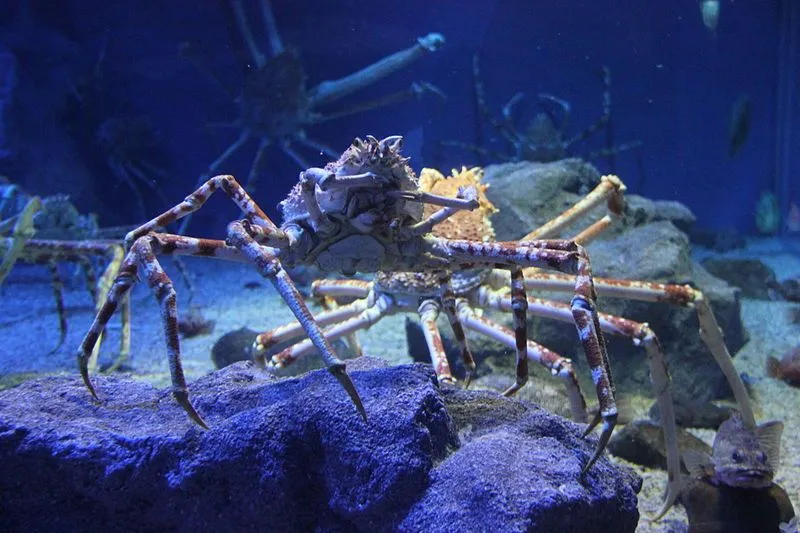



Spider Crab 15 Facts You Won T Believe
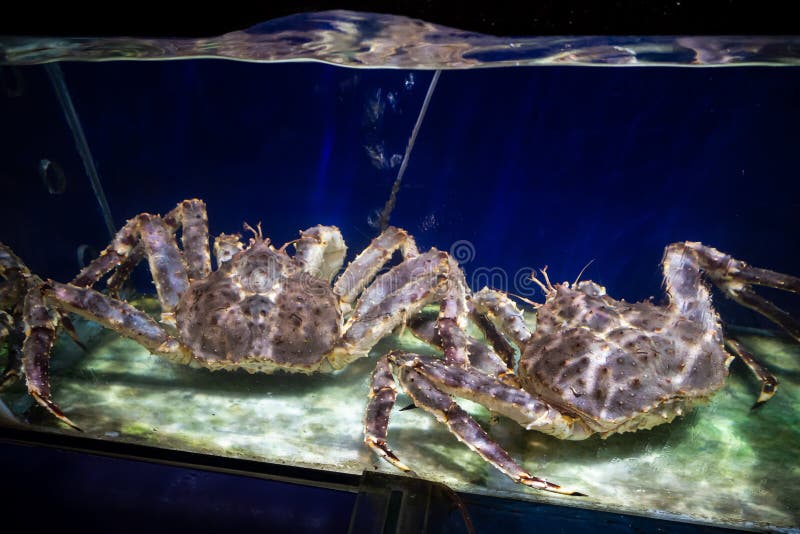



Spider Crab King Photos Free Royalty Free Stock Photos From Dreamstime




Arthropods Newport Aquarium



Spider Crab




World S Biggest Crab Seen Shedding Its Shell By By Crawling Out Of Its Own Body Daily Mail Online




Japanese Spider Crab Facts Anatomy Diet Behavior Habitat




Giant Japanese Spider Crab Tennessee Aquarium




Japanese Spider Crab Wikipedia
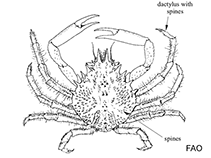



Macrocheira Kaempferi Japanese Giant Spider Crab



Japanese Spider Crabs All About The Giant And Scary Crabs
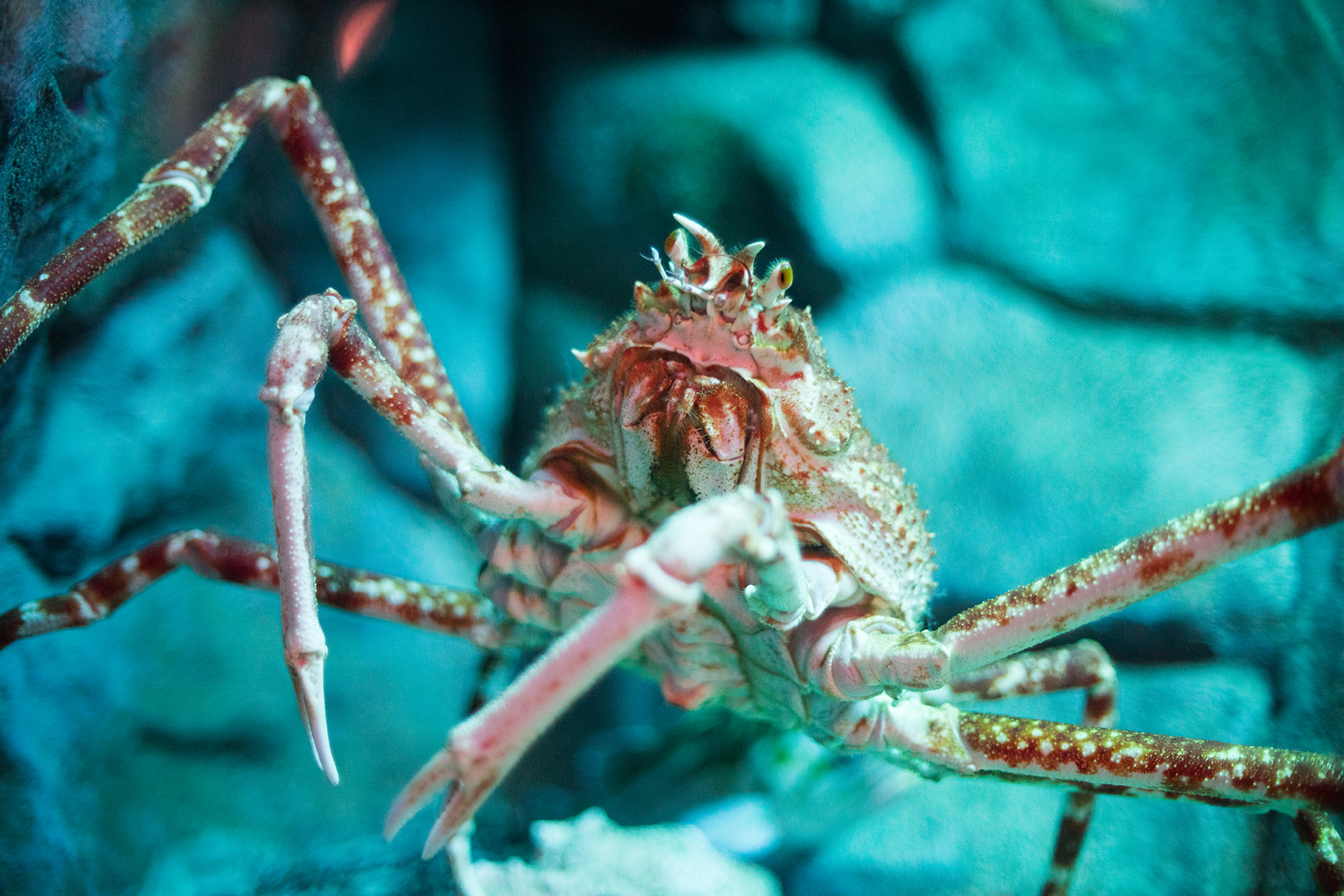



Japanese Spider Crab The Living Planet Aquarium
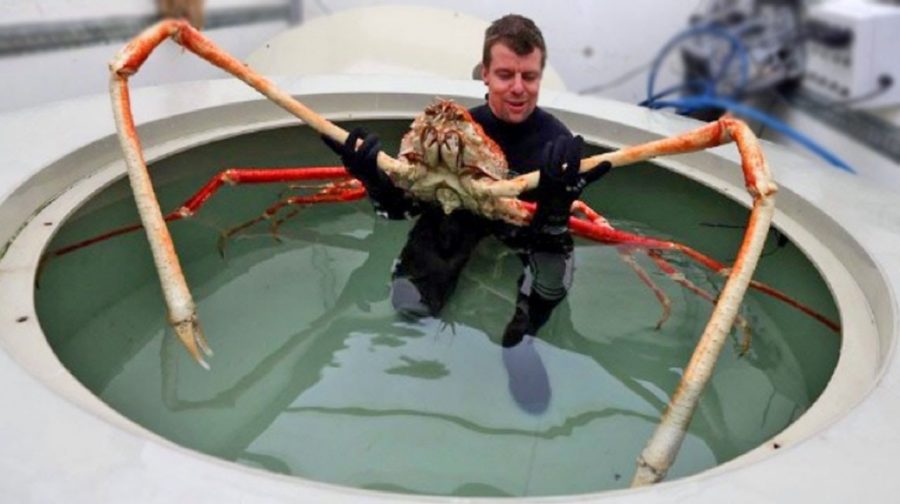



Feature Creature Japanese Spider Crab Trident



Crustaceans
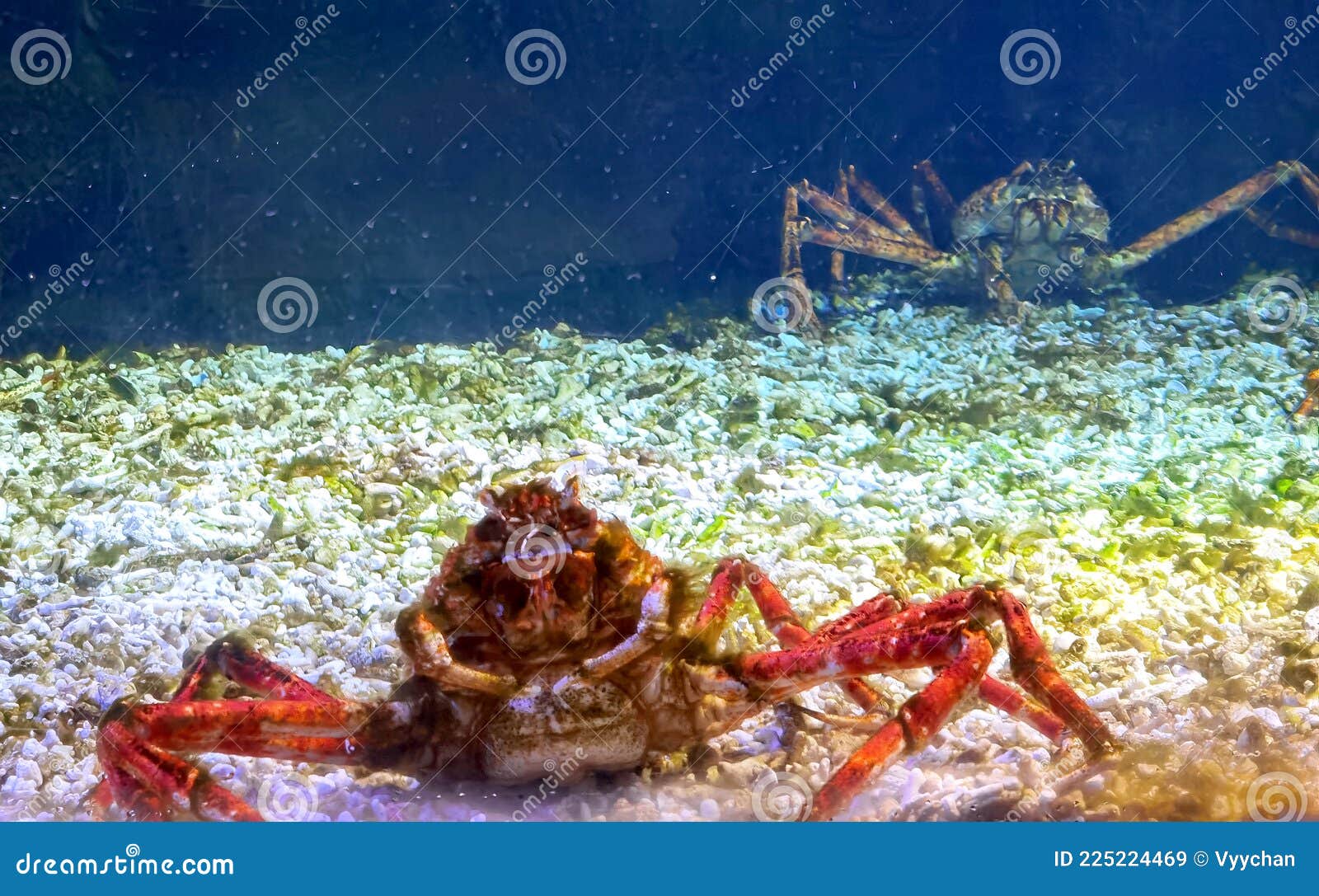



112 Macrocheira Photos Free Royalty Free Stock Photos From Dreamstime




Sea Life Manchester S Japanese Spider Crab Wriggles Out Of Its Entire Shell About Manchester
/143773811-56a5f6df3df78cf7728abd0e.jpg)



Crustaceans Species Characteristics And Diet




Fact Sheet Crabs Marine Biological Association
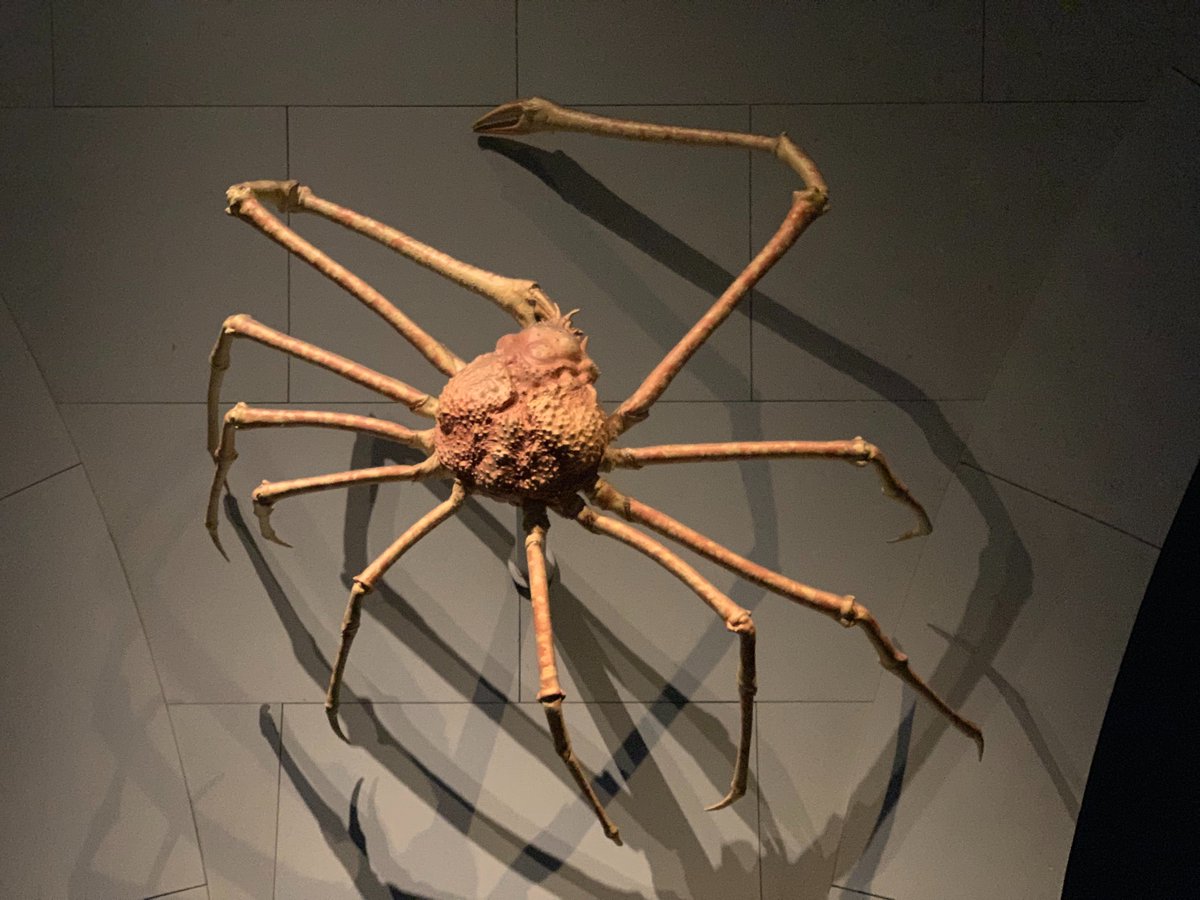



American Museum Of Natural History Did You Know That The Giant Japanese Spider Crab Is The Largest Arthropod In The World While It S Not The Heaviest Arthropod That Superlative Belongs To
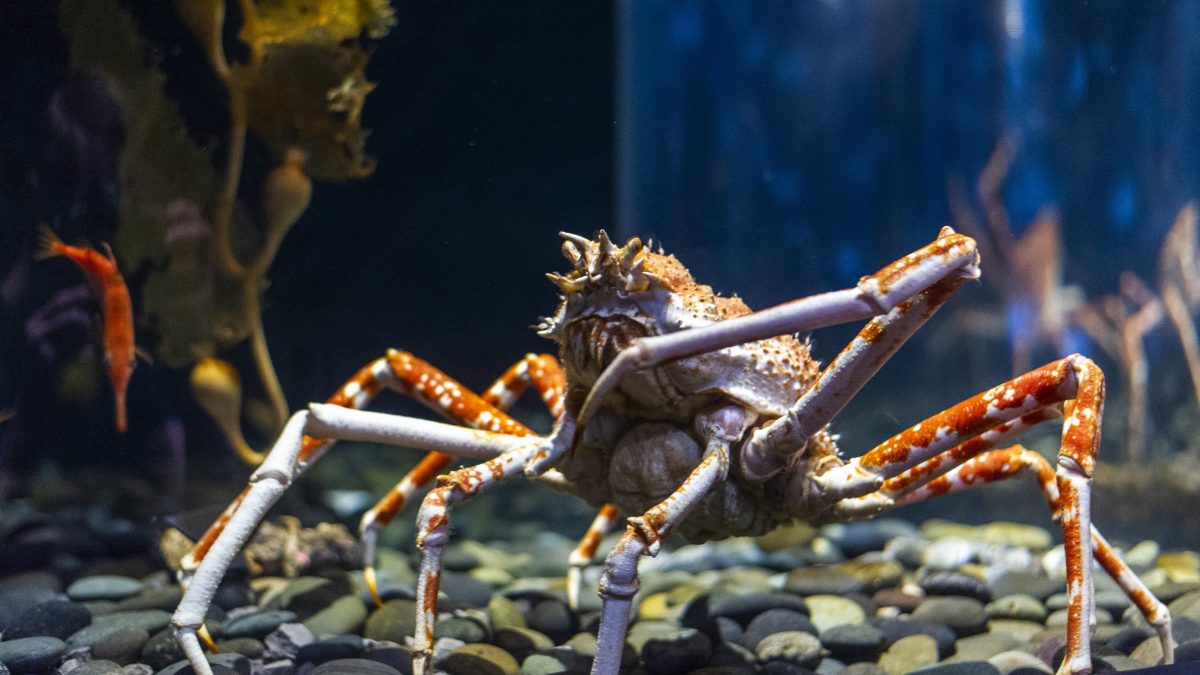



Giant Japanese Spider Crab Tennessee Aquarium



Japanese Spider Crab Ten Random Facts
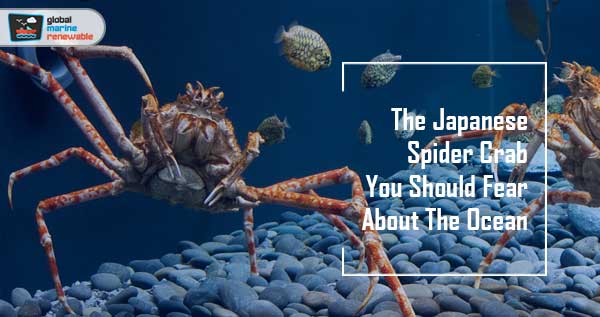



10 Surprising Japanese Spider Crab Facts That Will Amaze You



Q Tbn And9gcsg Akm4mhs Hzi7nnkmb7stp3alhngxlysskgognhjby2nrqmp Usqp Cau




Animal Spotlight Japanese Spider Crab Animal Almanac




Japanese Spider Crab The Gentle Giant Under The Sea Scarier Than Ursula




Aquarium Of The Pacific Exhibits Northern Pacific Gallery Exhibition Public Aquarium Pacific




Giant Spider Crabs Melbourne The Scuba Doctor



Spider Crab Diet Japanese Spider Crab Facts Habitat Diet Behaviour
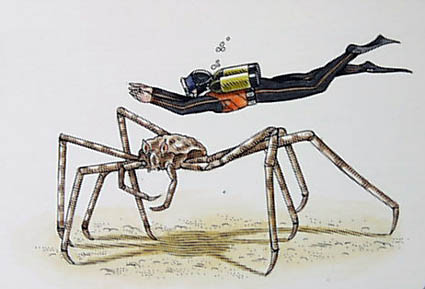



Spider Crab Fallout Fanon Wiki Fandom




Boiled Spider Crab Recipes Shellfish Videorecipe Lareiras



Jersey Journey Boutique




Pokecrustacea The Crustacean Inspired Pokemon Journal Of Geek Studies
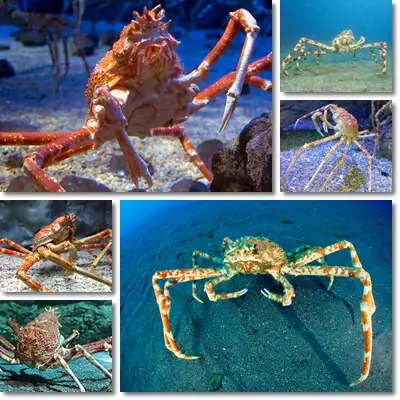



Properties And Benefits Of Japanese Spider Crab Natureword




11 Creepy Facts About Japanese Spider Crabs



Q Tbn And9gcrlz1xwlnpfhoywqdyn Oji1lqjintv5d2pvrxcrexmad9xuanr Usqp Cau
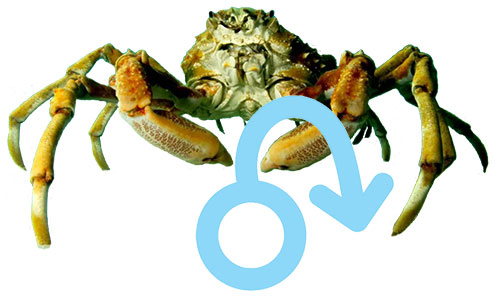



Giant Spider Crabs Melbourne The Scuba Doctor




Are Japanese Spider Crabs Edible Everything You Need To Know Japan Truly




Japanese Spider Crab Smithsonian Ocean
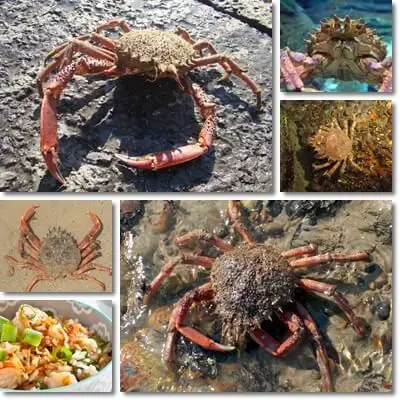



Properties And Benefits Of European Spider Crab Natureword



Q Tbn And9gcty3uzi2qmp6eoinb5fbys2sgvfbv 8reikmrgzpfkhccibyxfe Usqp Cau




10 Surprising Japanese Spider Crab Facts That Will Amaze You



Assets Speakcdn Com Assets 2332 Japanese Spider Crab Care Manual Pdf
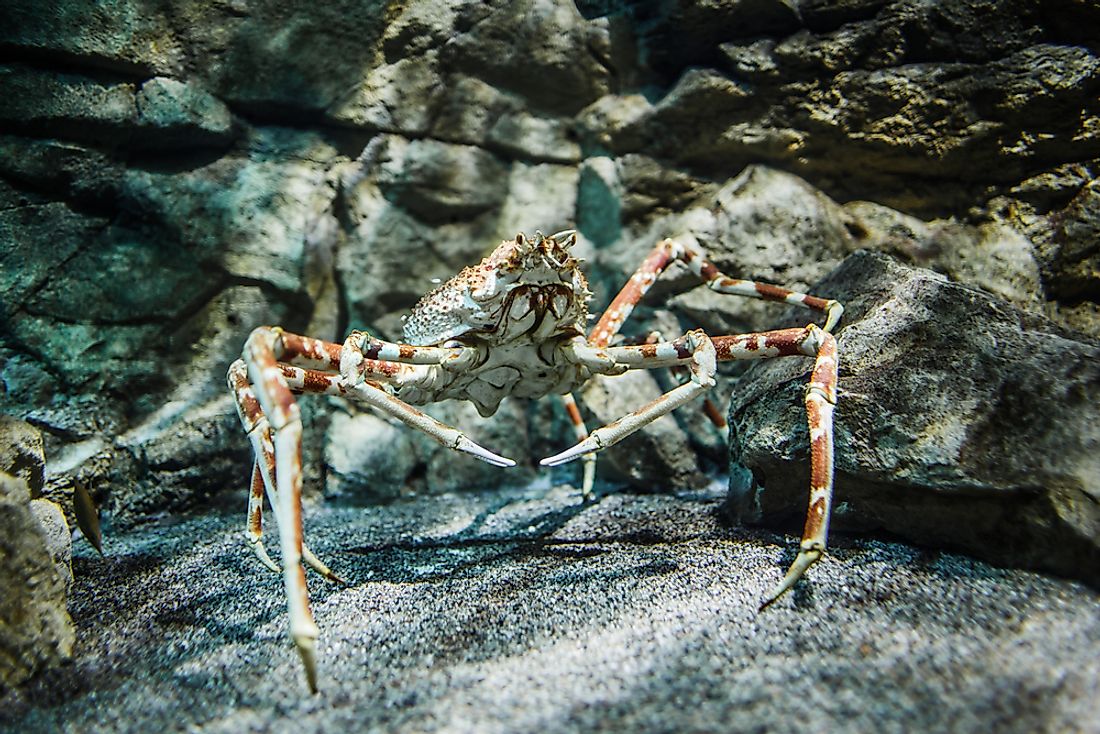



The Biggest Crabs In The World Worldatlas




Danbury Library Animal Champions Coconut Crab Vs Japanese Spider Crab Facebook




Everything You Need To Know About Japanese Giant Spider Crabs




Giant Japanese Spider Crab Facts Always Learning




Japanese Spider Crab Macrocheira Kaempferi Blue Planet Archive




Can You Eat Spider Crabs Learn About The Different Kinds 21



Japanese Spider Crab Natureisfuckinglit




Japanese Spider Crab By Anthony Earth Buddies




Japanese Spider Crab Eating Youtube




Facts The Japanese Spider Crab Youtube



Japanese Spider Crab Although The Crabs Found Off The Coast Of Japan Are Not Dangerous Hunters They Are Carnivorous Scavengers And Will Devour Any Dead Fish Or Mammal That Reaches Their Habitat
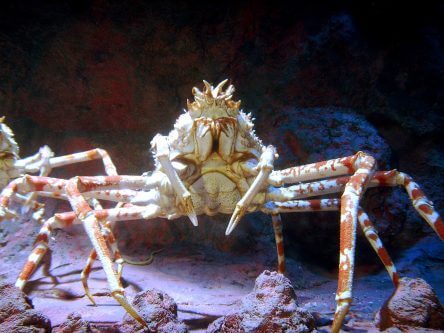



Spider Crabs Can You Eat How To Catch Catch And Fillet
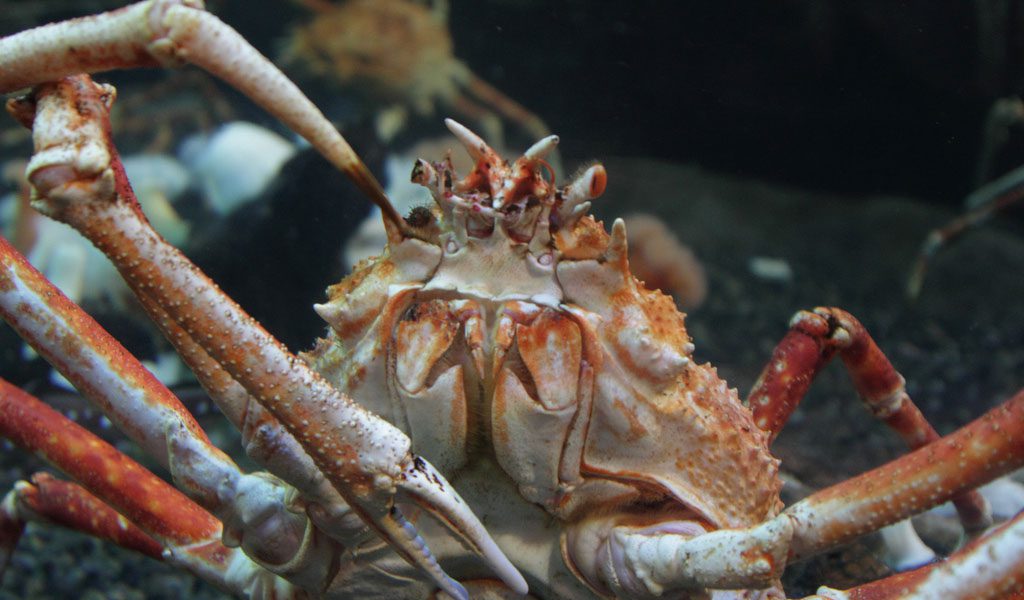



Japanese Spider Crabs Facts Information Pictures




Japanese Spider Crab Facts For Kids




Japanese Spider Crab Lifespan




Giant Spider Crabs Inside Ecology




Japanese Spider Crab Facts And Photos
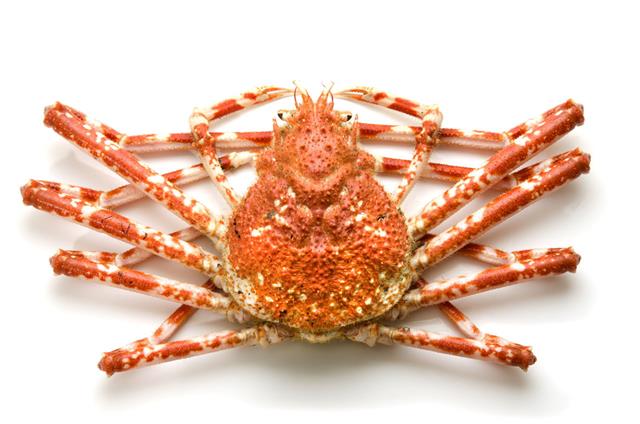



Facts About Spider Crabs That Are Insanely Bizarre Animal Sake




Eating A Huge 2 Meter Spider Crab In Japan Heda Shizuoka Prefecture Youtube




Everything You Need To Know About Japanese Giant Spider Crabs




Japanese Spider Crab Hd Stock Images Shutterstock




Wildlife In Japan Animals Around The Globe



Q Tbn And9gcqbfqzpukzxjcglzzurhnrgvdgms1an 72a4ttzaa3yiidv3zcc Usqp Cau




Japanese Spider Crab The Dallas World Aquarium




Arthropods Newport Aquarium




Japanese Spider Crab Wikipedia




Do You Know What Crabs Eat Find Out Now Animal Sake




21 Creepy Facts About The Japanese Spider Crab Animal Stratosphere
/velvet-crab-eating-paulkay-getty-56a5f7a63df78cf7728abf16.jpg)



Here S How Crabs Find Food
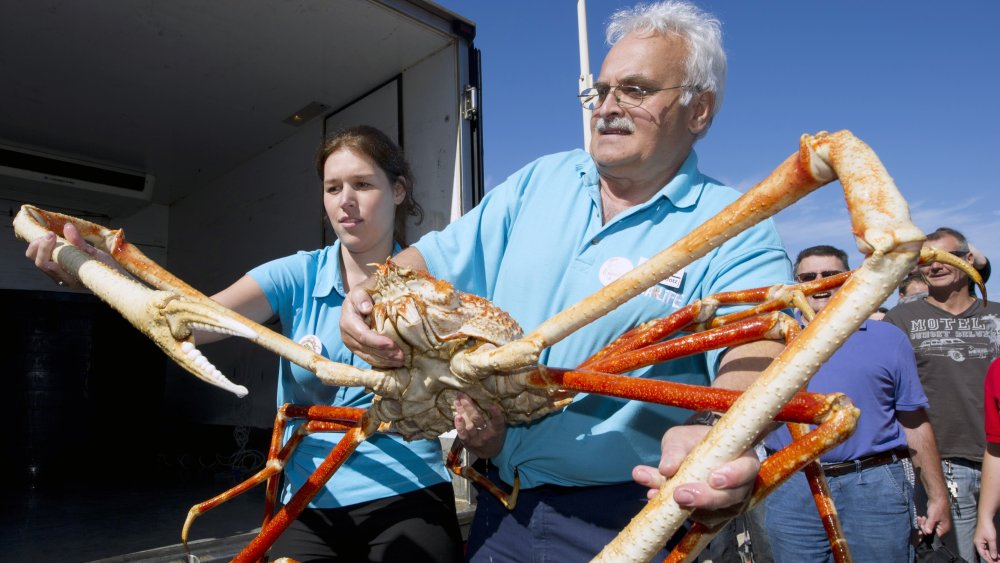



Can You Eat A Giant Japanese Spider Crab
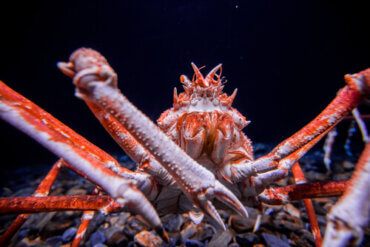



5 Species Of Crabs That Will Surprise You My Animals




Coconut Crabs The Bird Eating Behemoths Thriving On Isolated Tropical Islands Natural History Museum
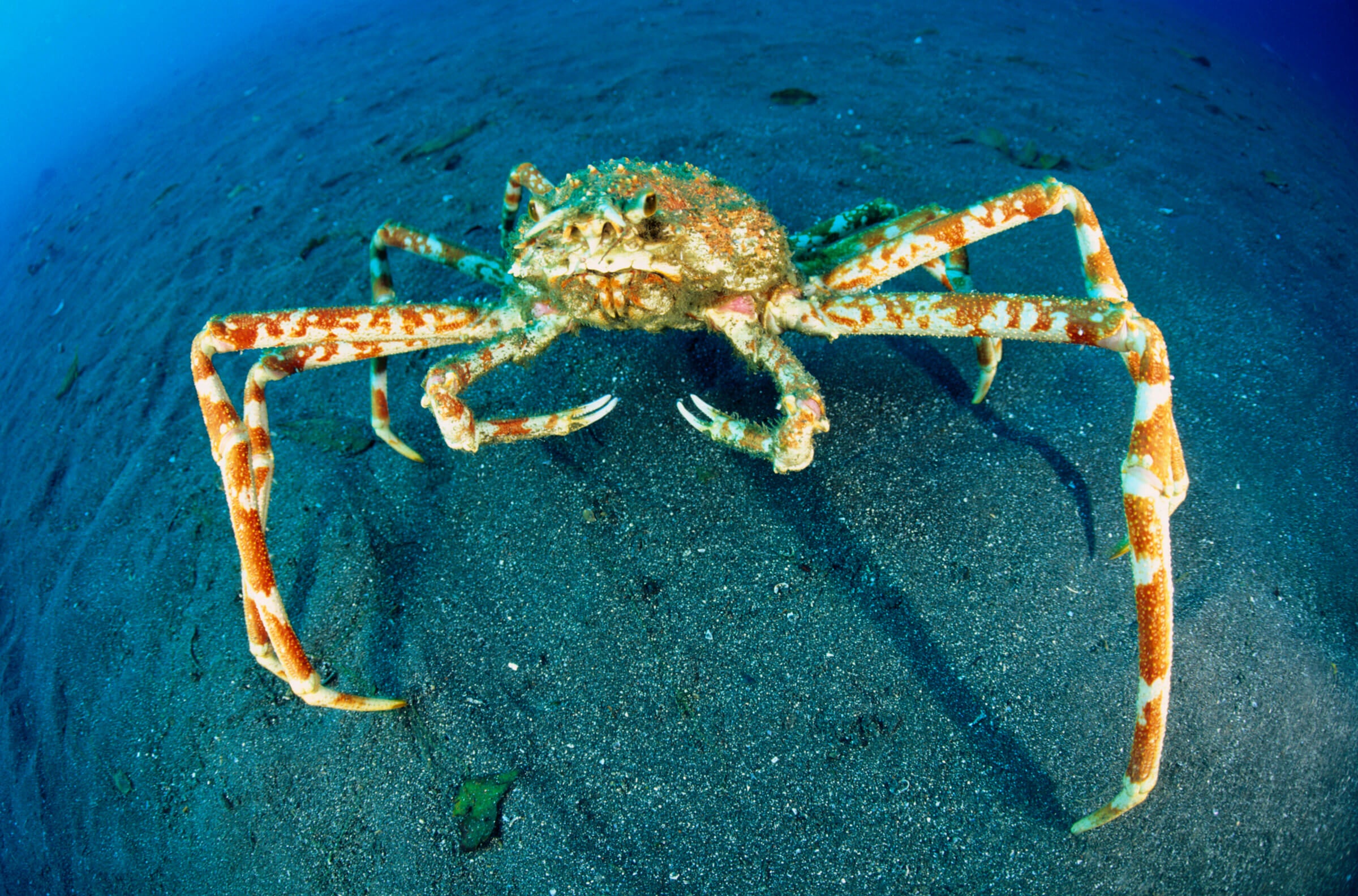



Japanese Spider Crab Georgia Aquarium




Japanese Spider Crab Macrocheira Kaempferi Other



0 件のコメント:
コメントを投稿